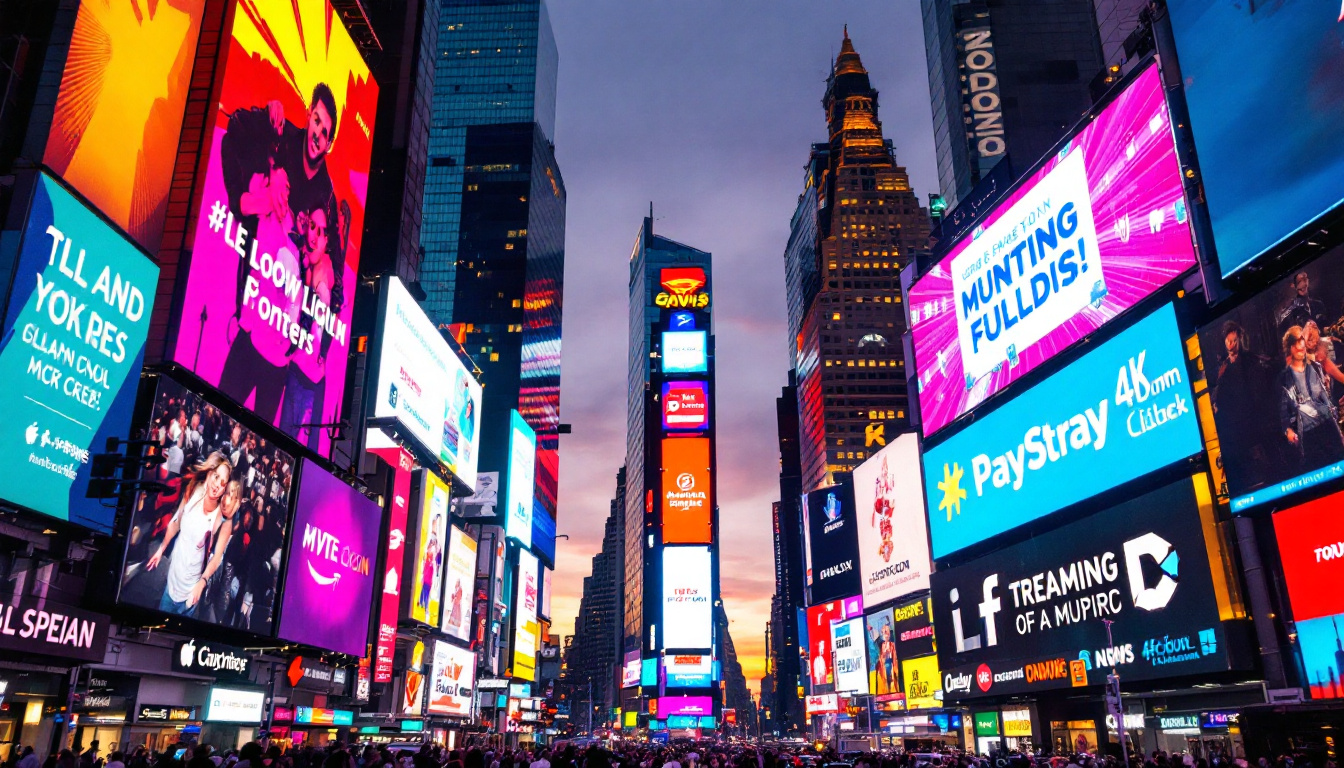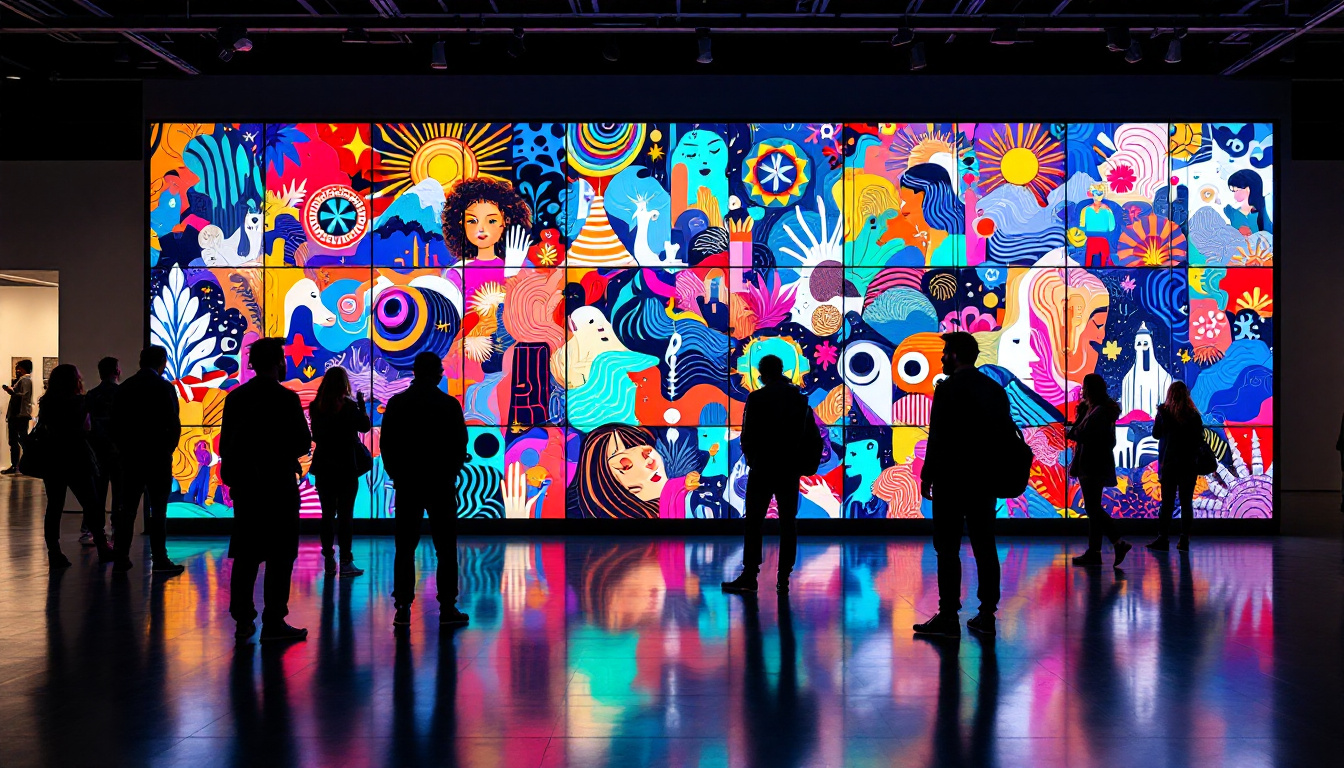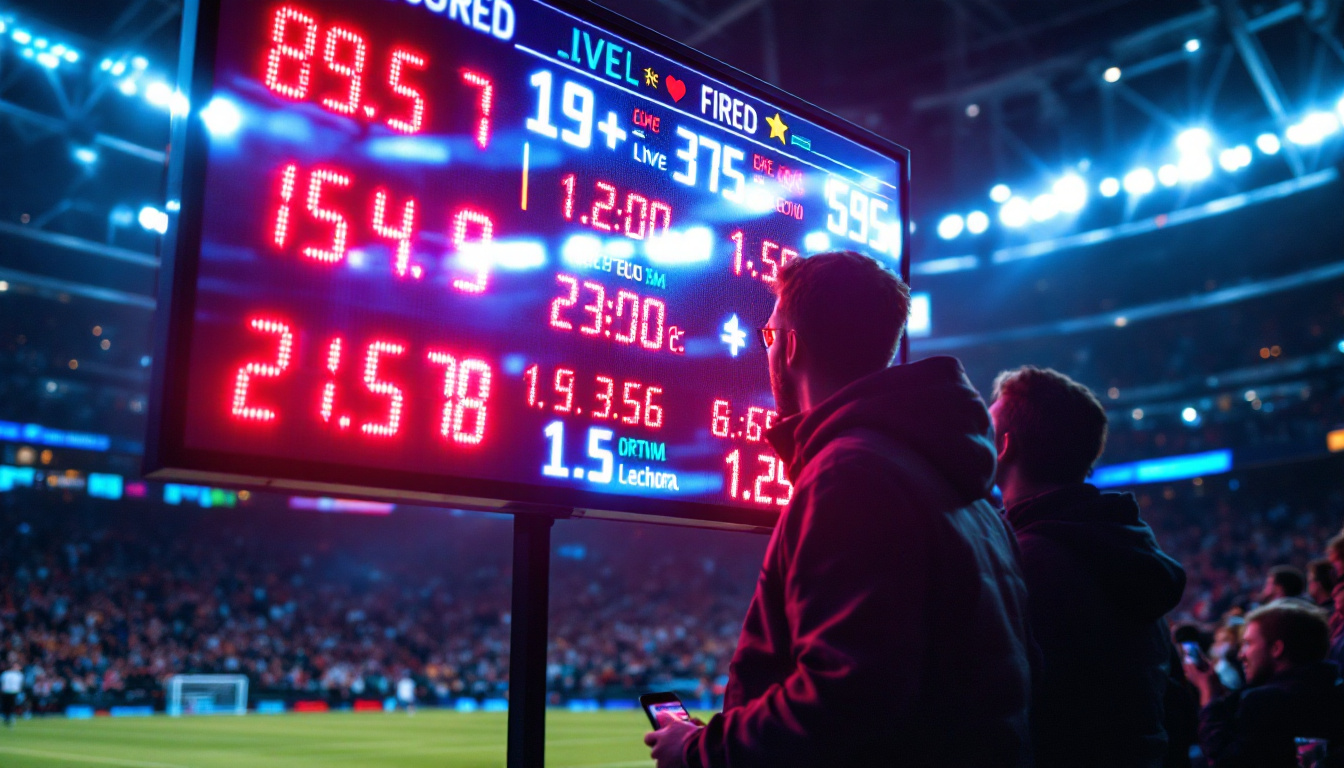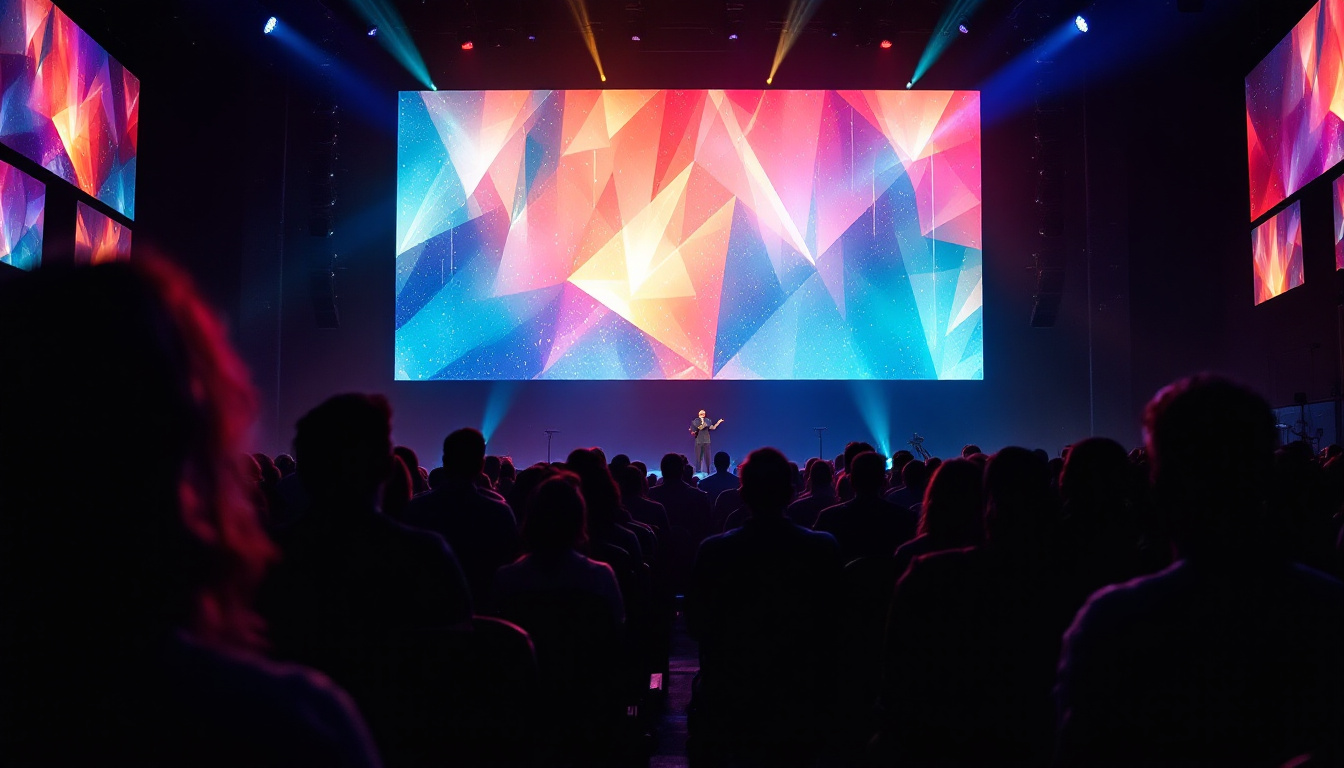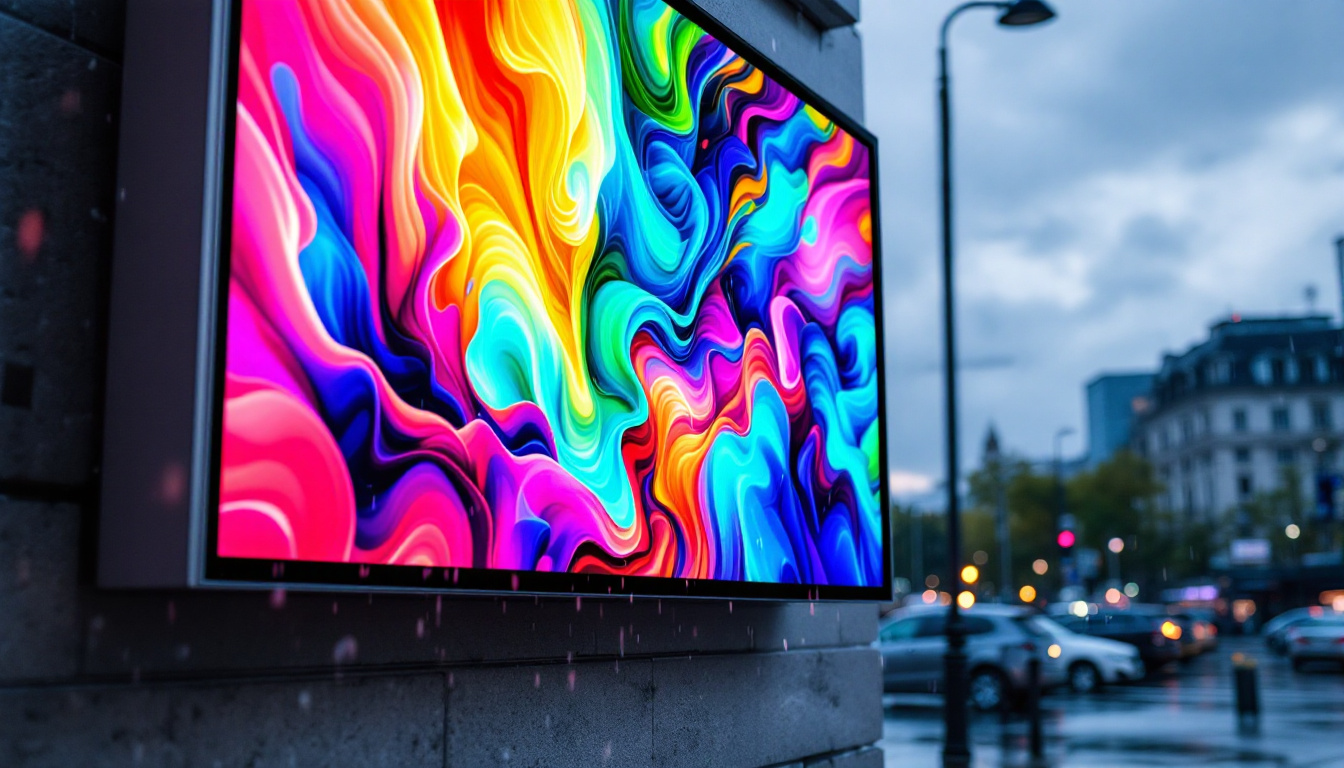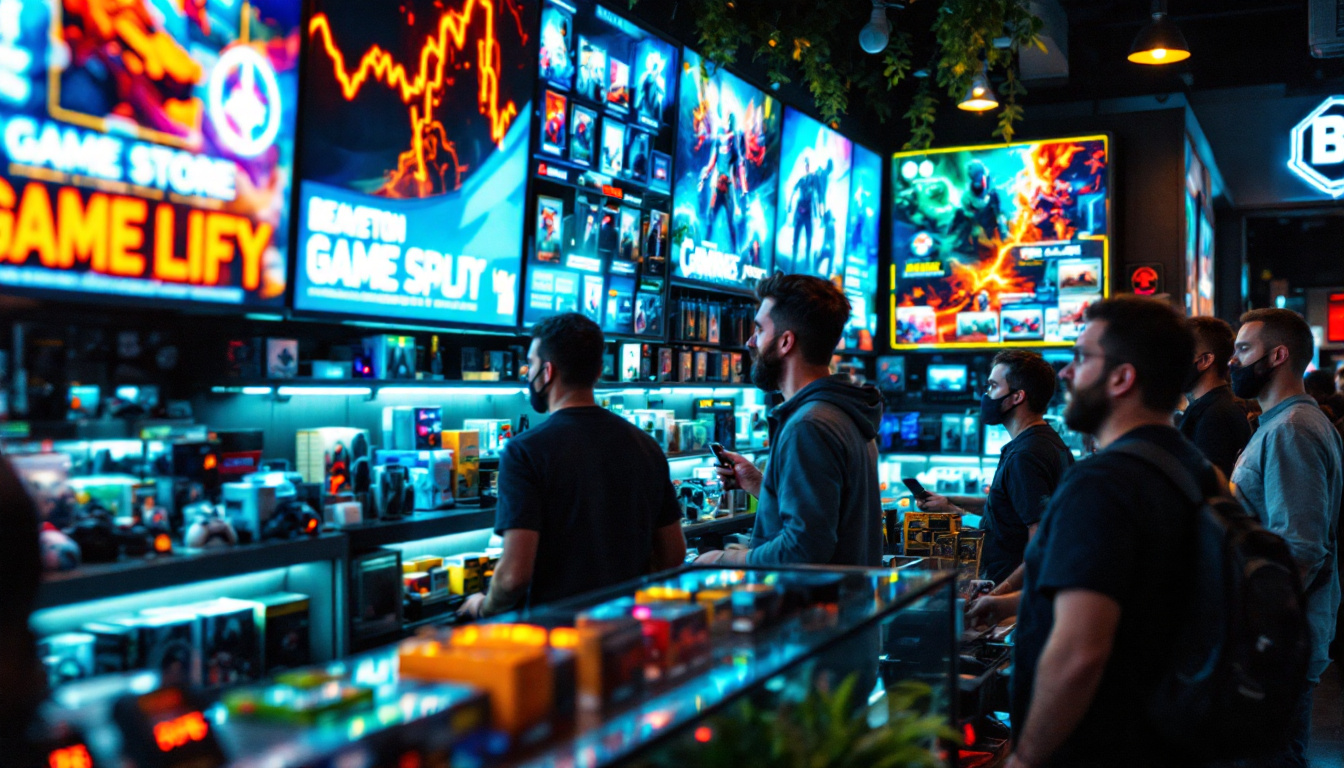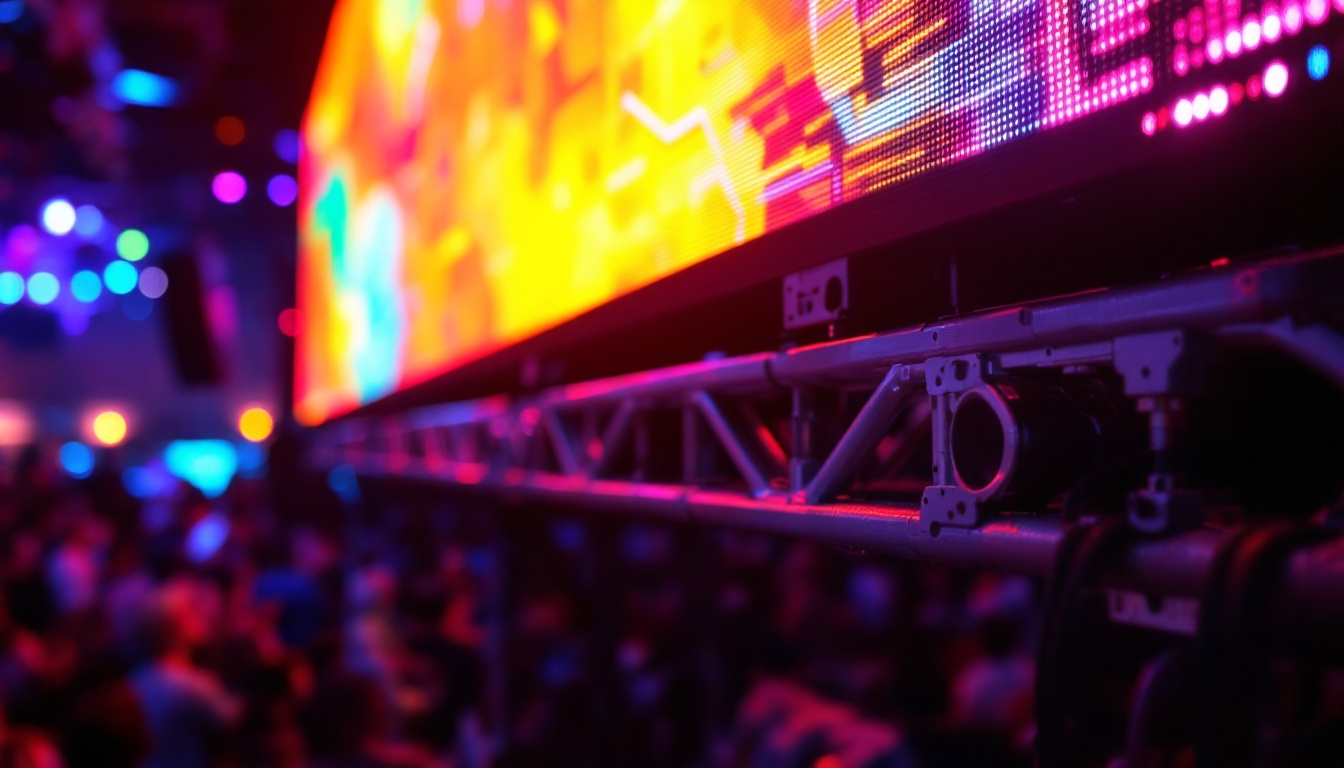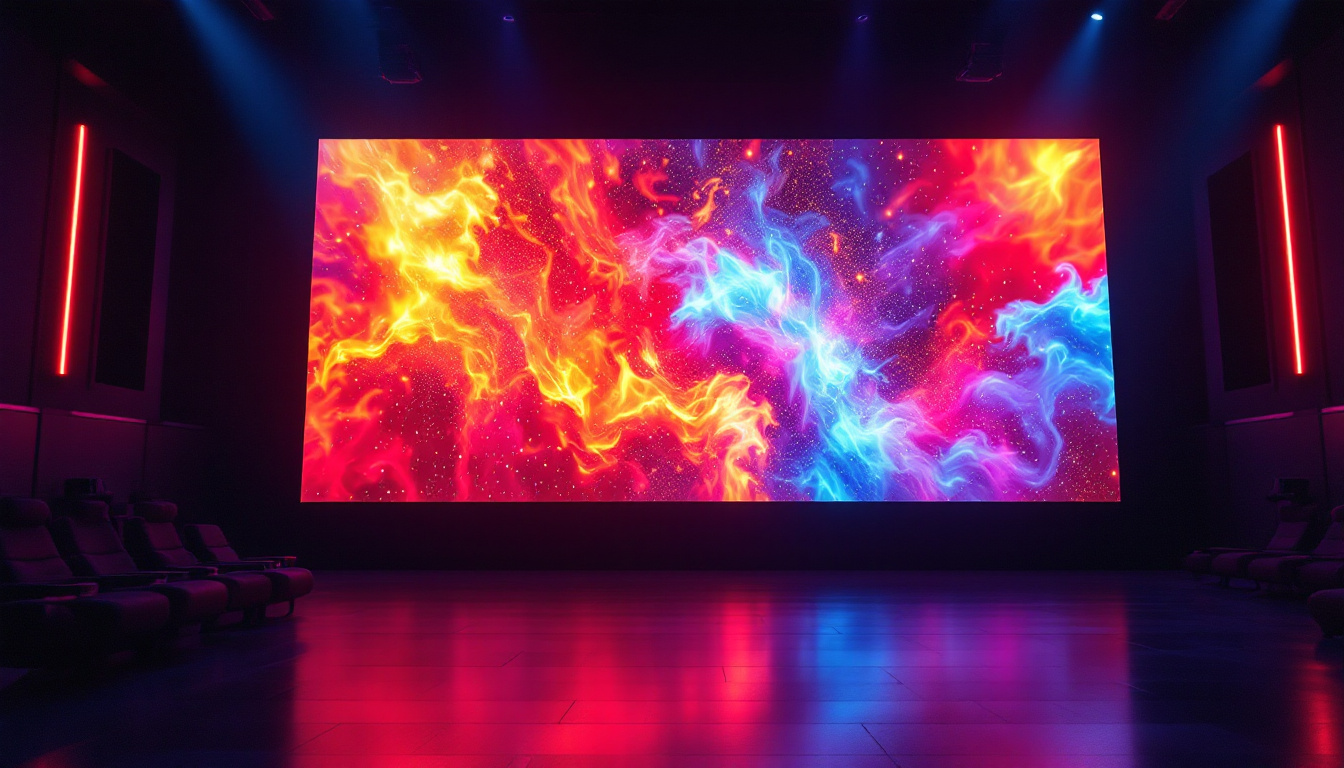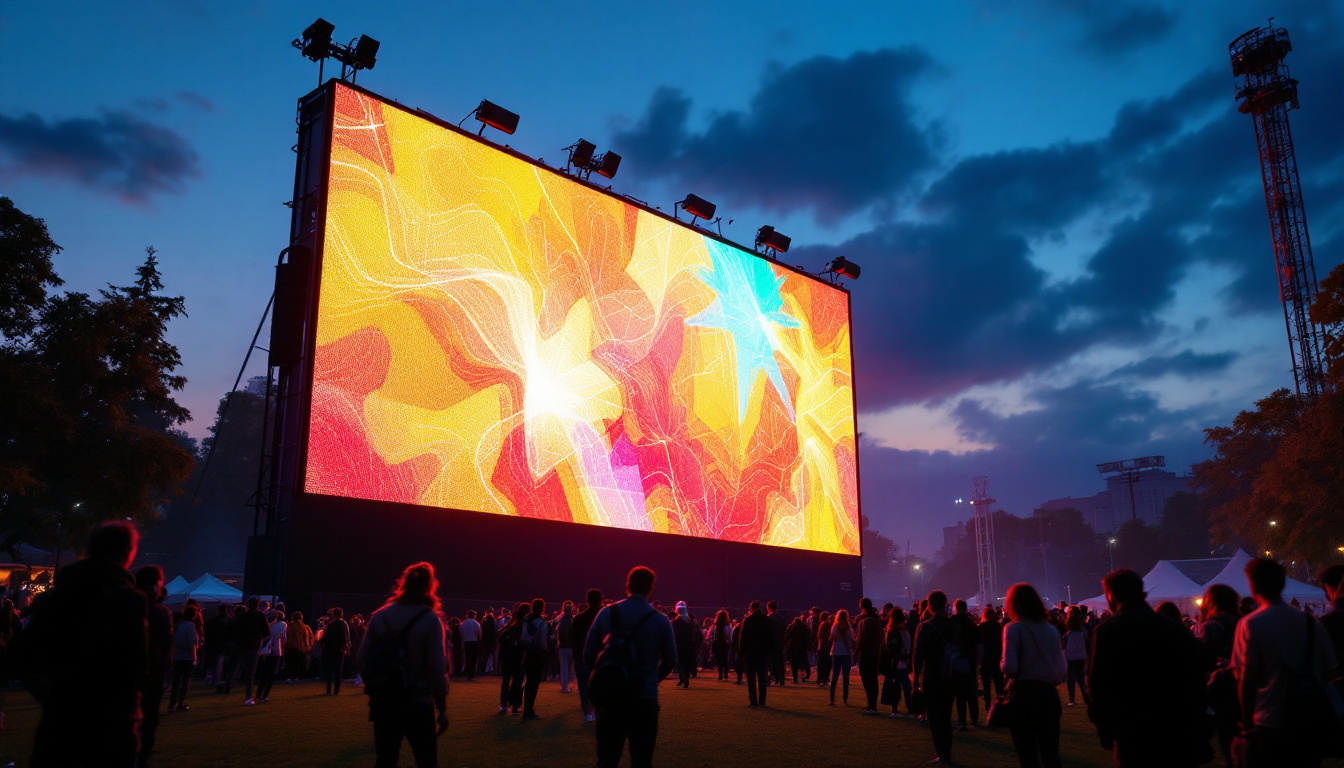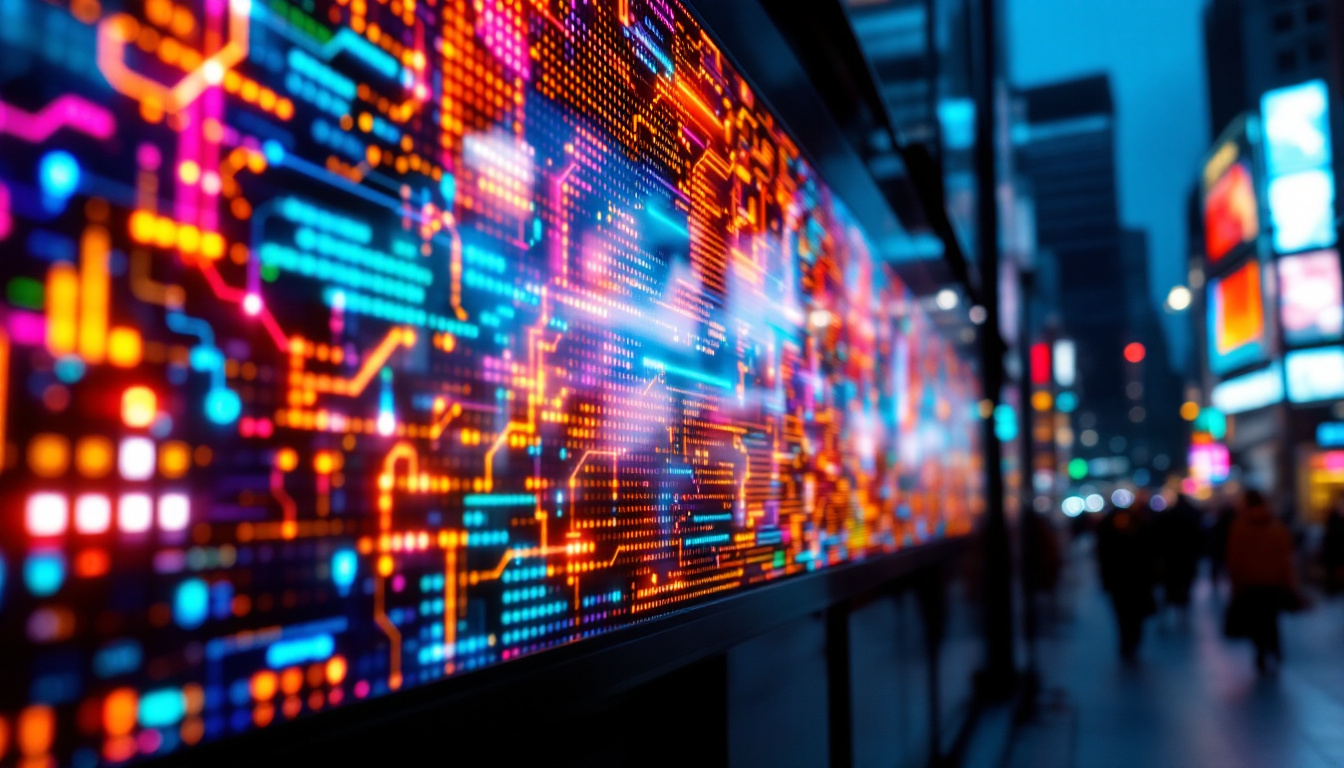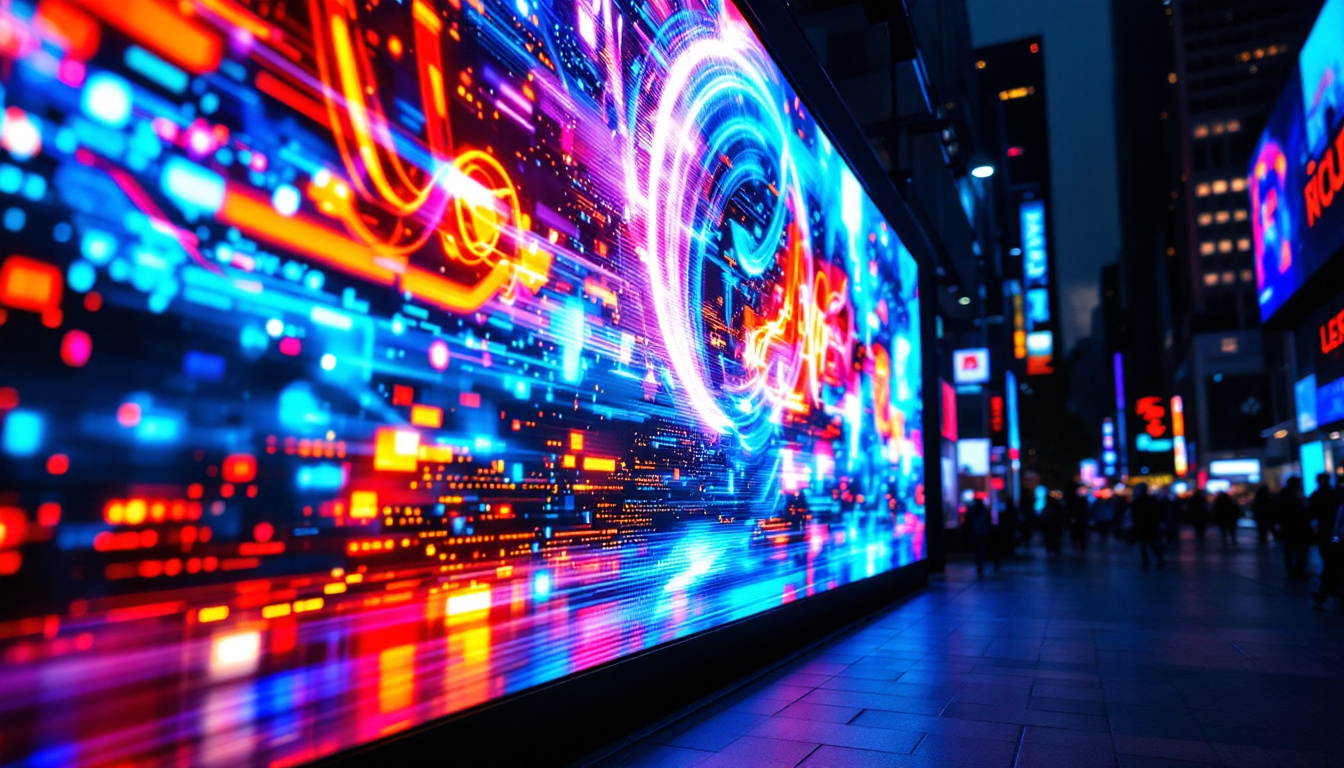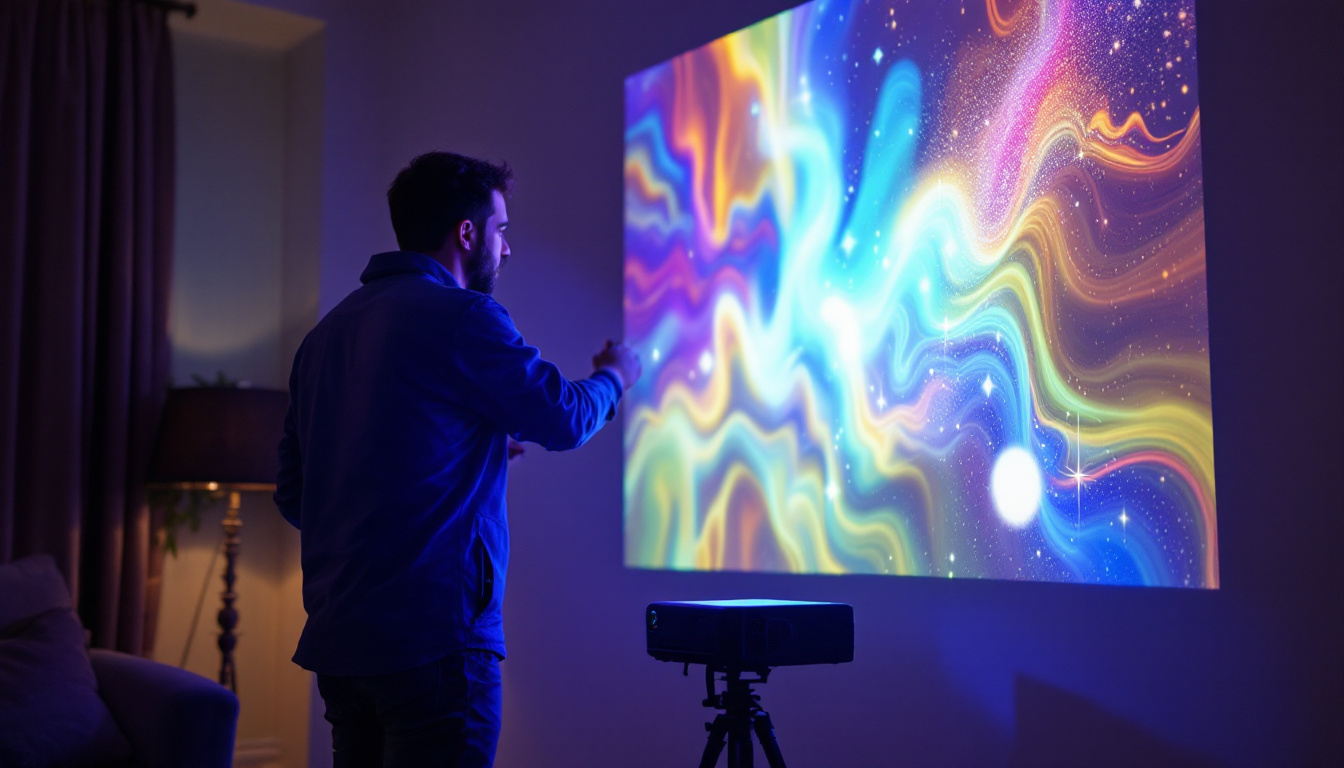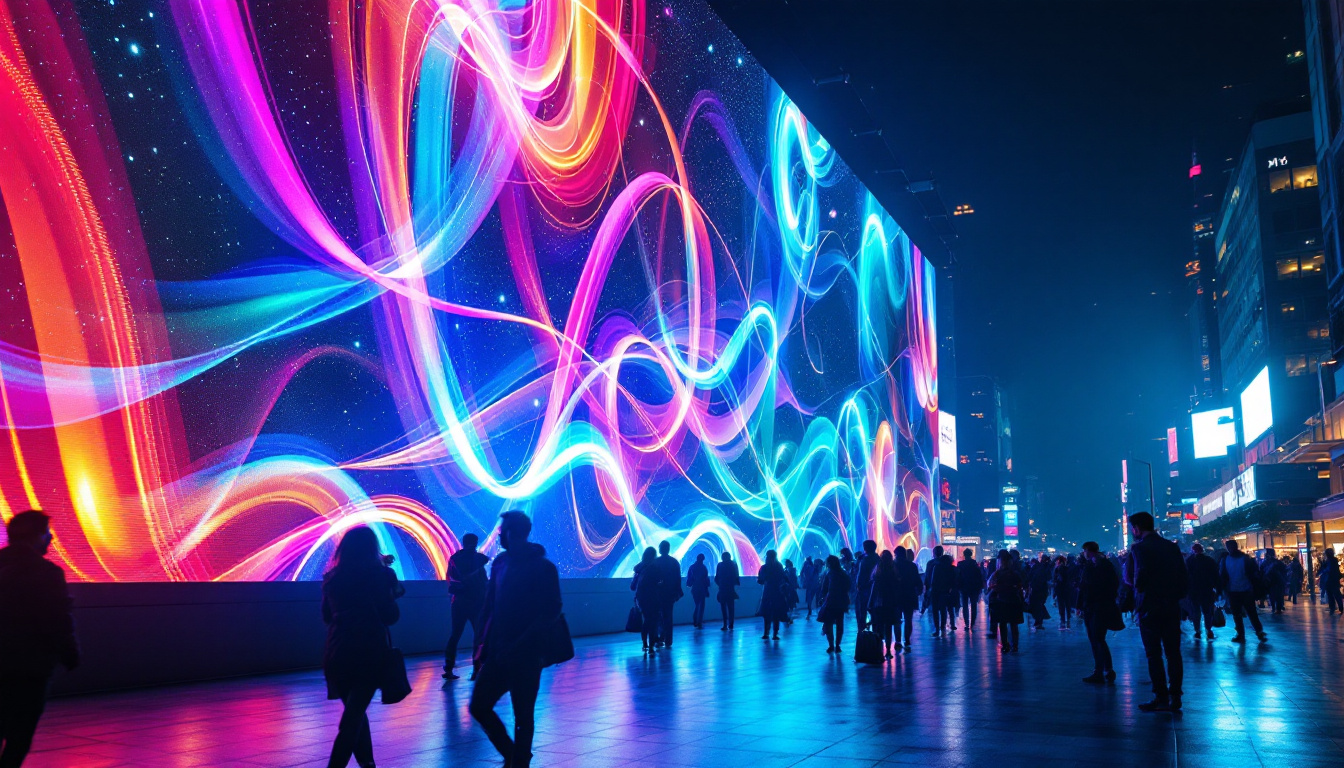Times Square, often referred to as “The Crossroads of the World,” is renowned for its vibrant atmosphere, bustling crowds, and, most notably, its iconic LED displays. These dazzling signs not only serve as advertising platforms but also as cultural landmarks that contribute to the unique character of this New York City destination. This article delves into the intricacies of LED displays in Times Square, exploring their technology, impact, and the future of digital signage in this iconic location.
The Evolution of Signage in Times Square
To understand the significance of LED displays in Times Square, it is essential to trace the evolution of signage in this area. From humble beginnings to the modern digital revolution, the transformation of advertising in Times Square reflects broader changes in technology and consumer culture.
Historical Context
In the early 1900s, Times Square was adorned with painted signs and static billboards. These early advertisements were primarily aimed at pedestrians and were often hand-painted, showcasing products and services in a straightforward manner. As the area grew in popularity, the demand for more eye-catching and innovative advertising methods increased.
By the mid-20th century, neon signs began to dominate the landscape. The vibrant glow of neon lights captivated audiences and became synonymous with the energy of Times Square. These signs not only advertised but also contributed to the area’s nightlife, creating a sense of excitement and allure. The iconic “Welcome to Fabulous Las Vegas” sign, for instance, drew inspiration from the neon aesthetics of Times Square, demonstrating the far-reaching influence of this bustling hub on signage trends across the country.
The Advent of Digital Displays
The transition to digital displays began in the late 1990s, marking a significant shift in advertising strategies. The first LED screens were relatively small and limited in their capabilities. However, as technology advanced, the size, brightness, and resolution of these displays improved dramatically.
Today, Times Square boasts some of the largest and most sophisticated LED displays in the world. These screens can showcase high-definition video content, animations, and interactive advertisements, allowing brands to engage with audiences in ways that were previously unimaginable. The integration of social media feeds and real-time updates has transformed these displays into dynamic platforms that not only promote products but also foster a sense of community among viewers. For example, during major events like New Year’s Eve, the screens become a canvas for live celebrations, broadcasting messages of goodwill and unity to millions of onlookers, both in-person and online.
Moreover, the environmental impact of signage has also evolved. Modern LED technology is more energy-efficient than its neon predecessors, reducing the carbon footprint of advertising in this iconic location. As sustainability becomes a priority for many brands, the shift towards eco-friendly displays reflects a growing awareness of corporate responsibility. This commitment to sustainability is evident in initiatives such as the use of solar-powered displays and the recycling of electronic components, ensuring that the dazzling lights of Times Square continue to shine brightly without compromising the health of the planet.
Understanding LED Technology
LED, or Light Emitting Diode, technology has revolutionized the way visual content is displayed. Understanding the fundamentals of this technology is crucial to appreciating the stunning visuals that adorn Times Square. From dazzling advertisements to immersive art installations, LED technology plays a pivotal role in creating an engaging urban landscape that captivates millions of visitors each year.
How LED Displays Work
LED displays consist of numerous small diodes that emit light when an electric current passes through them. Each diode can produce different colors, and by combining these colors, a full spectrum of hues can be achieved. This combination allows for the creation of vibrant images and videos that can capture the attention of passersby. The technology behind LED displays has evolved significantly, with advancements in pixel pitch—the distance between the centers of adjacent pixels—allowing for even more detailed and immersive visuals.
The displays are made up of pixels, which are the smallest unit of a digital image. The resolution of an LED display is determined by the number of pixels it contains; higher resolutions allow for more detailed images. For instance, a display with a resolution of 1920×1080 will provide a clearer and more detailed image compared to one with a lower resolution. This high pixel density is particularly beneficial for large-scale displays, where viewers may be standing at varying distances, ensuring that everyone can enjoy a crisp and clear visual experience regardless of their vantage point.
Benefits of LED Displays
LED displays offer several advantages over traditional signage methods. One of the most significant benefits is their brightness and visibility. LED technology allows for displays that are easily viewable in various lighting conditions, including direct sunlight. This is particularly important in a busy area like Times Square, where competition for attention is fierce. The ability to adjust brightness levels dynamically means that these displays can maintain their impact throughout the day and night, ensuring that messages are conveyed effectively at all times.
Additionally, LED displays are energy-efficient, consuming less power than traditional neon signs. This not only reduces operational costs for businesses but also contributes to environmental sustainability. The longevity of LED technology means that these displays require less frequent replacement, further enhancing their cost-effectiveness. Furthermore, the versatility of LED displays allows for a wide range of applications—from advertising and event promotions to artistic displays and public service announcements—making them an invaluable asset for urban environments. As technology continues to advance, we can expect even more innovative uses for LED displays, further transforming our visual landscape and enhancing the way we interact with our surroundings.
The Impact of LED Displays on Advertising
The rise of LED displays in Times Square has transformed the advertising landscape, providing brands with unprecedented opportunities to connect with consumers. The dynamic nature of these displays allows for real-time content updates, making them ideal for promotions, events, and time-sensitive advertisements.
Engagement and Interaction
One of the most compelling aspects of LED displays is their ability to engage audiences. Brands can create visually stunning advertisements that capture attention and convey messages quickly. The use of motion graphics, animations, and video content can evoke emotions and create memorable experiences for viewers.
Moreover, many displays now incorporate interactive elements, allowing consumers to engage directly with the content. For example, social media integration enables users to share their experiences in real-time, further amplifying a brand’s reach and impact.
Cultural Significance
Beyond their advertising potential, LED displays in Times Square have become cultural landmarks in their own right. The iconic images and messages displayed on these screens contribute to the overall atmosphere of the area, creating a sense of excitement and wonder.
Events such as New Year’s Eve celebrations and major product launches often feature prominent LED displays, making them integral to the cultural fabric of Times Square. These displays not only promote brands but also serve as a canvas for artistic expression and community engagement.
Challenges and Considerations
While LED displays offer numerous benefits, they also present challenges that must be addressed. As the technology continues to evolve, stakeholders must navigate issues related to regulation, content management, and environmental impact.
Regulatory Challenges
In New York City, regulations govern the use of digital signage, particularly in high-traffic areas like Times Square. These regulations are designed to ensure that displays do not contribute to visual clutter or distract drivers. As a result, businesses must carefully consider the design and placement of their LED displays to comply with local laws.
Moreover, the rapid pace of technological advancement can outstrip existing regulations, leading to potential conflicts. Stakeholders must work collaboratively with city officials to create guidelines that foster innovation while maintaining safety and aesthetic standards.
Content Management
With the dynamic nature of LED displays comes the challenge of content management. Brands must ensure that their advertisements are relevant, timely, and aligned with their overall marketing strategies. This requires a robust content management system that allows for quick updates and changes.
Additionally, the need for fresh content can lead to increased production costs. Brands must balance the desire for engaging content with budgetary constraints, ensuring that their advertising remains effective without overspending.
The Future of LED Displays in Times Square
The future of LED displays in Times Square looks promising, with advancements in technology paving the way for even more innovative applications. As digital signage continues to evolve, several trends are likely to shape the future of advertising in this iconic location.
Integration of Augmented Reality
One of the most exciting developments on the horizon is the integration of augmented reality (AR) into LED displays. AR technology allows users to interact with digital content in real-world environments, creating immersive experiences that can enhance brand engagement.
Imagine a scenario where a passerby can use their smartphone to see a 3D version of a product displayed on an LED screen, or even participate in an interactive game that incorporates elements of the surrounding environment. Such innovations could redefine the way brands connect with consumers in Times Square.
Increased Personalization
As data analytics and artificial intelligence continue to advance, the potential for personalized advertising on LED displays will increase. Brands will be able to tailor their messages based on audience demographics, preferences, and behaviors, creating more relevant and impactful experiences for viewers.
This level of personalization could lead to higher engagement rates and improved conversion rates, as consumers are more likely to respond positively to advertisements that resonate with their individual interests.
Conclusion
The LED displays of Times Square are more than just advertising tools; they are a testament to the evolution of technology and culture in the heart of New York City. As these displays continue to evolve, they will undoubtedly shape the future of advertising, creating new opportunities for brands to connect with consumers in meaningful ways.
From their historical roots to their current prominence, LED displays have transformed the landscape of Times Square, making it a dynamic hub of creativity and engagement. As technology advances, the potential for innovation in this space is limitless, promising an exciting future for both advertisers and audiences alike.
Illuminate Your Brand with LumenMatrix
As we embrace the future of advertising in the electrifying environment of Times Square, your brand deserves the cutting-edge innovation that LumenMatrix offers. Specializing in a wide array of LED display solutions, from Indoor and Outdoor LED Walls to Custom and Transparent Displays, LumenMatrix is committed to revolutionizing visual communication. Elevate your brand’s presence and captivate your audience with our top-tier LED technology. Check out LumenMatrix LED Display Solutions today and light up the world with your message.

